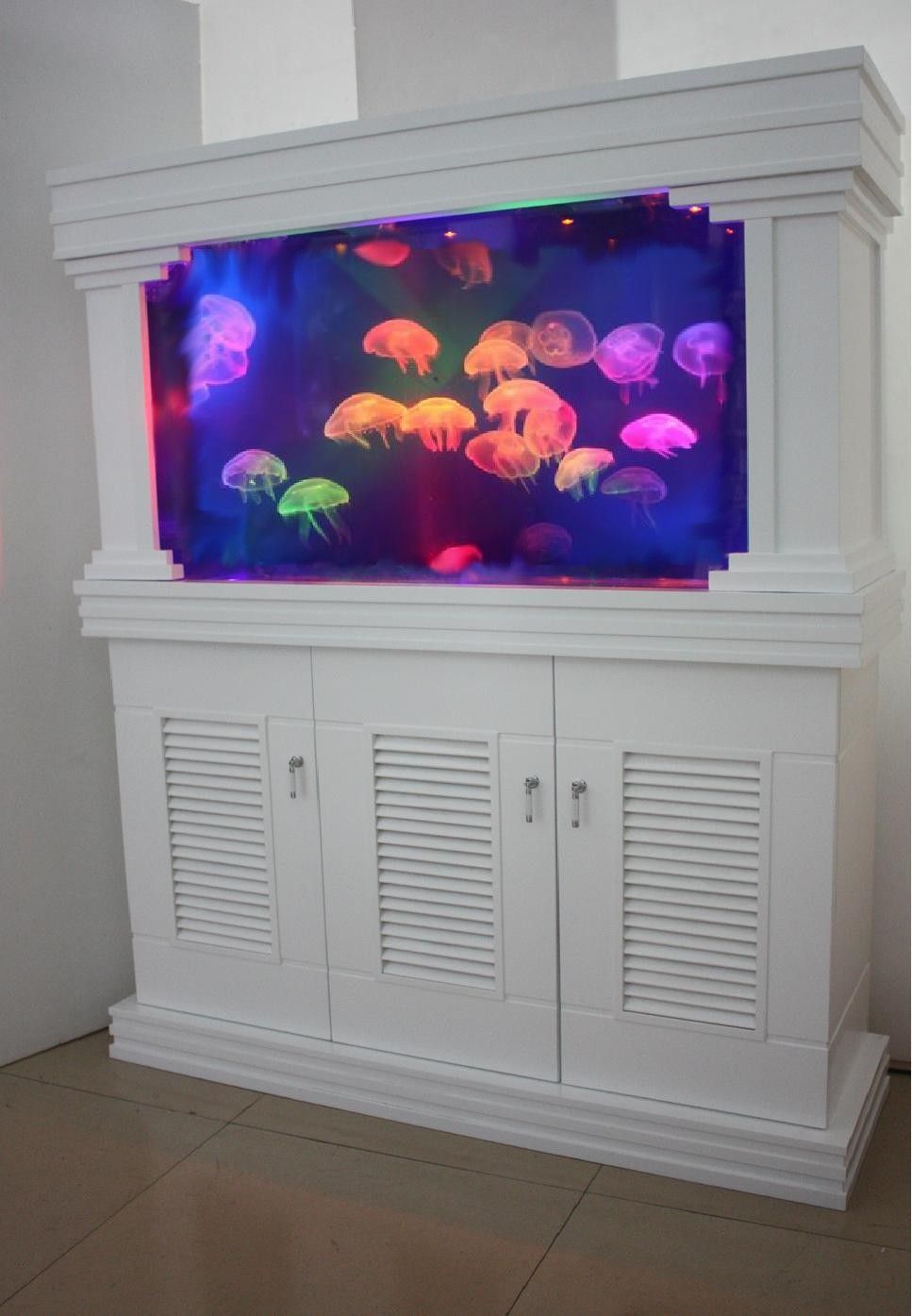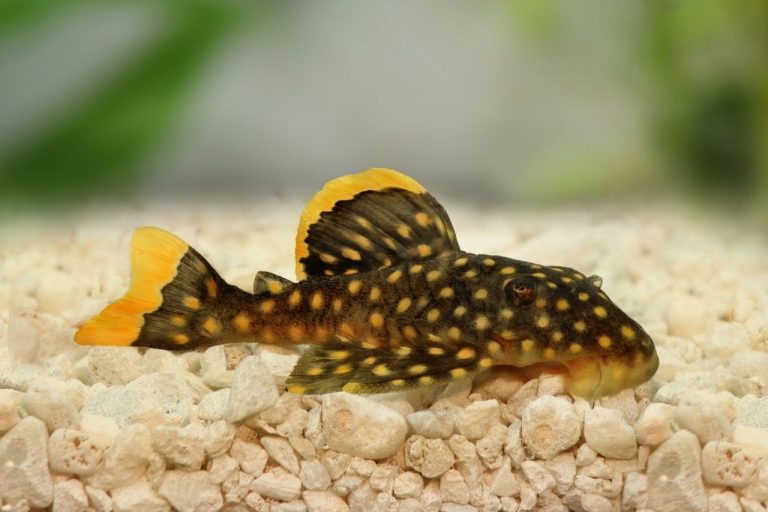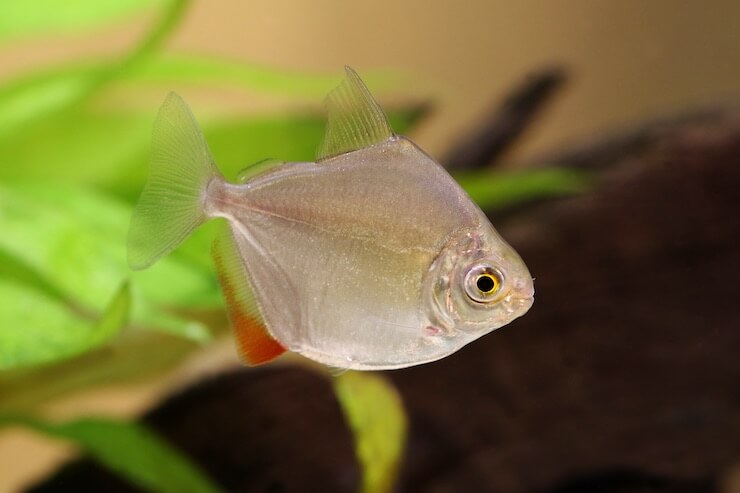Jellyfish Tank Setup
Jellyfish Tank Setup: Creating a Serene Home for These Mesmerizing Creatures
Are you interested in setting up a jellyfish tank in your home? Look no further! In this article, we will guide you through the process of creating a beautiful and captivating environment for these mesmerizing creatures. From choosing the right tank to selecting the perfect jellyfish species, we’ve got you covered! So, let’s dive in and explore the world of jellyfish tank setup.**
Creating the Perfect Environment for Jellyfish
Setting up a jellyfish tank requires careful consideration of various factors to ensure the well-being and happiness of these delicate creatures. Here are some key elements to keep in mind:
1. Tank Size and Shape
The size and shape of your jellyfish tank are crucial for providing an optimal living space. The tank should be spacious enough to accommodate the jellyfish’s natural movements and growth. A cylindrical shape, such as a cylinder or column tank, is ideal as it allows an unobstructed view from all angles.

2. Water Temperature and Flow
Jellyfish thrive in specific temperature ranges, depending on their species. Research the ideal temperature range for the jellyfish species you plan to keep and invest in a reliable aquarium heater and chiller to maintain a stable environment.
In addition, jellyfish require gentle water flow to aid their movement and feeding. Consider installing a specialized jellyfish tank filtration system that creates a smooth and consistent water flow.
3. Lighting
Jellyfish are sensitive to light, and the right lighting can enhance their beauty. LED lights with color-changing capabilities are popular choices for jellyfish tanks as they provide a mesmerizing display of colors and can be adjusted to mimic natural lighting conditions.
4. Saltwater and Water Quality
Jellyfish are marine creatures and require a saltwater environment to survive. It is crucial to use synthetic sea salt mix to create the perfect salinity for your tank. Regular monitoring of water parameters, such as pH, salinity, and ammonia levels, is essential to maintain a healthy environment for your jellyfish.
Choosing the Right Jellyfish Species
When it comes to selecting jellyfish species for your tank, it is essential to consider their ease of care, compatibility, and availability. Here are a few popular species to consider:
1. Moon Jellyfish (Aurelia aurita)
Moon jellyfish are one of the most common and beginner-friendly species to keep in a home aquarium. They have translucent bodies and captivating pulsing movements. Moon jellyfish can adapt to a wide range of water conditions, making them an excellent choice for beginners.
2. Blue Blubber Jellyfish (Catostylus mosaicus)
Blue blubber jellyfish are known for their large size and stunning blue appearance. They require pristine water conditions and can be slightly more challenging to care for compared to moon jellyfish. Their vibrant coloration makes them a captivating addition to any jellyfish tank.
3. Upside-Down Jellyfish (Cassiopea spp.)
Upside-down jellyfish, as the name implies, spend most of their time inverted on the tank’s bottom or on live rocks. They have a mesmerizing pulsing motion and unique feeding habits. These jellyfish require a slightly different setup, as they rely on algae for nutrition. But once their needs are met, they can thrive in a well-maintained tank.
Feeding and Maintenance
Feeding jellyfish can be quite different from other aquarium pets. Here are a few essential points to remember:
1. Jellyfish Diet
Jellyfish primarily feed on small organisms, such as brine shrimp and plankton. The food should be finely minced or provided in a powdered form to ensure the jellyfish can consume it easily. It is crucial to maintain a regular feeding schedule to meet their nutritional needs.
2. Water Changes and Cleaning
Regular water changes are crucial for maintaining optimal water quality in a jellyfish tank. It is recommended to replace approximately 10-20% of the tank water weekly, taking care to match the temperature, salinity, and pH of the new water with the existing tank conditions.
Cleaning the tank’s interior surfaces and equipment is also essential to prevent the buildup of algae and other debris. A gentle tank sponge or brush can be used for this purpose.
Frequently Asked Questions
Q: How long do jellyfish live in captivity?
Jellyfish can live for several months to a few years, depending on the species and the quality of care provided. Moon jellyfish, for example, can live for several months under optimal conditions.
Q: Can I keep multiple jellyfish species in the same tank?
It is generally not recommended to mix different jellyfish species in the same tank due to varying care requirements and potential compatibility issues. It is best to keep jellyfish species separately in their own dedicated tanks.
Q: Do jellyfish tanks require any special equipment?
Yes, jellyfish tanks require specialized equipment such as a jellyfish tank filtration system, heater/chiller, LED lights, and a hydrometer for measuring salinity. These components are essential for creating and maintaining the ideal environment for jellyfish.
Final Thoughts
Setting up a jellyfish tank can be an incredibly rewarding experience. By creating the perfect environment and choosing suitable jellyfish species, you can enjoy the mesmerizing beauty of these creatures in the comfort of your own home. Remember to prioritize the well-being and care of your jellyfish by providing a stable environment, proper feeding, and regular maintenance. Happy jellyfish keeping!






